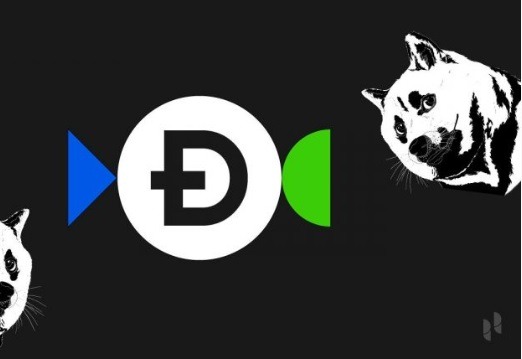A digital asset characterized by its meme origins, named Dogecoin (DOGE), garnered immense recognition in 2021 owing to an unexpected price surge early in the year. Initially conceived as a humorous take on cryptocurrencies, Dogecoin has proven its longevity in the volatile crypto market. Even amid market fluctuations, a committed group of supporters has remained steadfast, holding onto their DOGE coins. When compared to Bitcoin, Dogecoin’s mining process is relatively straightforward and quick. Furthermore, its mining difficulty is significantly less than that of Ethereum, Litecoin, Bitcoin Cash, and nearly all other top 100 mineable cryptocurrencies by market capitalization. For individuals mining DOGE, understanding the process could pave the way for financial prosperity.
What is Dogecoin?
Dogecoin (DOGE), launched in 2013, primarily served comedic purposes, rather than addressing a specific use case. As the inaugural major memecoin, DOGE instigated a paradigm shift in the crypto community, exemplifying the potential for future projects that rely purely on humor.
In 2022, Dogecoin piqued heightened interest, particularly from a user within the WallStreetBets community on Reddit, a group famed for manipulating Gamestop stock values early in the previous year. During the GameStop stock surge in January 2022, a Twitter account known as “WSB Chairman” speculated whether Dogecoin had ever breached the $1 price mark. This query triggered a significant price spike, propelling Dogecoin to an estimated $0.08.
How to mine Dogecoin?
In the context of cryptocurrencies, mining signifies the generation of new coins as a reward for completed work. It is a computational process leveraging intricate cryptography to solve complex problems, with miners compensated for their efforts.
It’s crucial to understand that Dogecoin’s mining procedure differs from other cryptocurrencies like Bitcoin and Ethereum. Dogecoin and Litecoin both utilize the Scrypt hashing algorithm. Owing to their similarities, it’s feasible to mine both concurrently. In Dogecoin’s blockchain network, a block comprises a series of transactions recorded at the time of the transaction. Upon successful mining of a block, this information is disseminated to other network miners. This method guards the network against duplicative transactions by maintaining updated records and rejecting fraudulent activities.
Like with other cryptocurrencies, mining Dogecoin involves solving intricate cryptographic problems. Therefore, a Dogecoin miner must expend energy for computing power, incurring a cost. To commence mining DOGE on a Windows or Linux system, you simply download the mining software, unpack it, and execute it. UnMineable and Phoenix Miner are two popular software choices for DOGE mining. These tools can be utilized simultaneously to manage hashing and interaction with the broader DOGE blockchain network.
What else should you know before starting to mine any coin?
Keep in mind that mining profitability projections for any coin can fluctuate dramatically. Utilizing a robust ASIC processor could make Dogecoin mining profitable. Joining a large mining pool is recommended to enhance payout stability and consistency. The dual mining strategy, which leverages your machine’s hash power for both Dogecoin and Litecoin mining, further boosts the profitability of Dogecoin mining.
In addition to Dogecoin, various coins offer unique mining methodologies. For example, Phemex is presently facilitating Pre-Mining for our xPT, granting early access to the Phemex Token. 10%, or 100 million tokens, out of the total 1 billion Phemex Token supply are allocated for pre-mining as xPT. In 2023 Q4, xPT will convert to on-chain PT at a 1:1 ratio. Upon TGE, you’ll receive 25% of your converted PT, with the remaining 75% being distributed over the next
Top of Form

